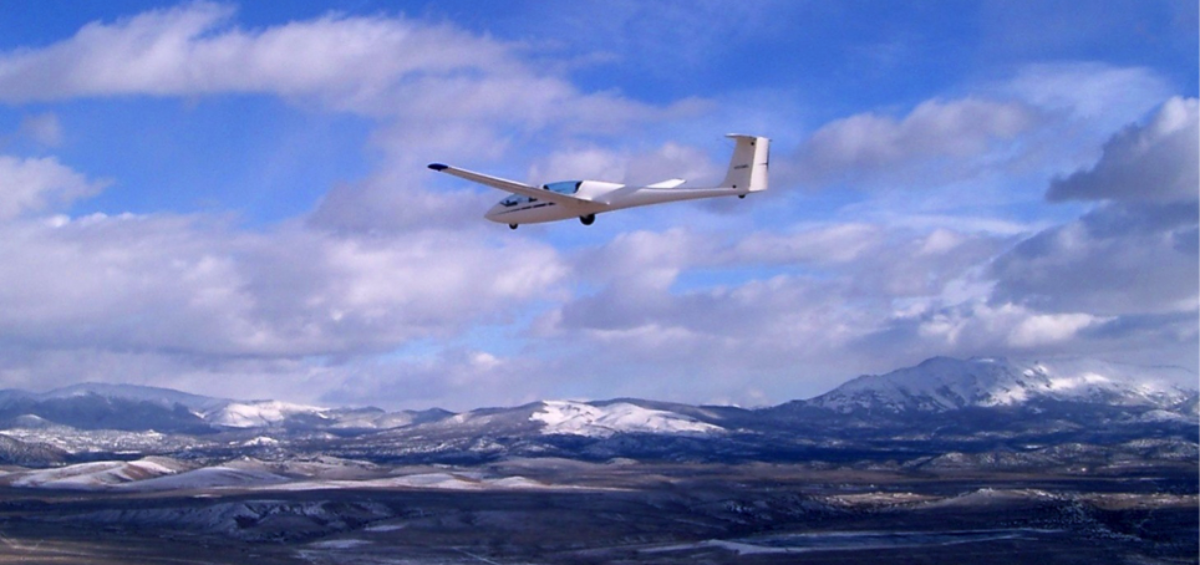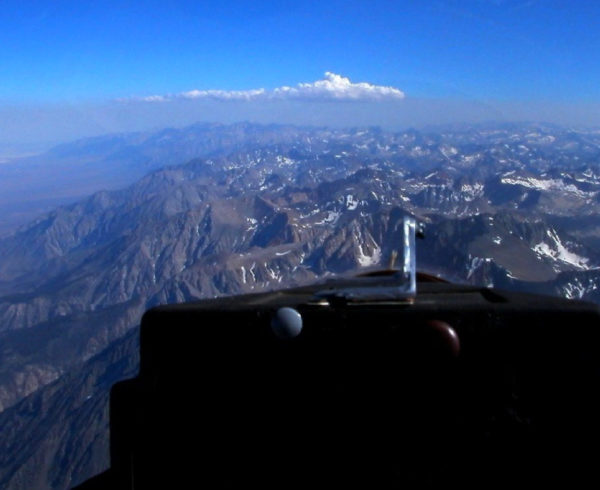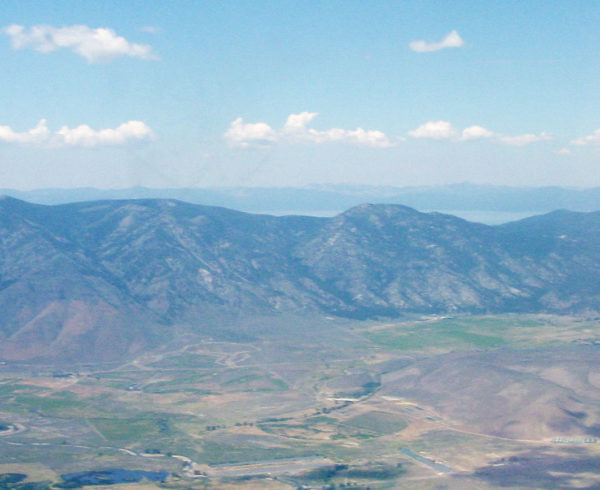Done safely, flying a light aircraft through the mountains can be the adventure of a lifetime. The mountains of the North American west, where I fly most often, offer some of the most spectacular scenery available to a private pilot.
As beautiful as those majestic rocks can be, they can also be lethal. According to the Joseph T. Nall Report, mountain airports have an accident rate nearly three times that of flatland airports. The performance-robbing effects of high density altitude combined with the robust vertical convection so common in the mountains can be very dangerous when the terrain is in such threatening proximity.
This is the first in a series of posts where I’ll share my insights on mountain flying. Let’s start with some general rules for safe flying in the high country.
Take your time and stay near landable terrain
Population centers are relatively sparse, so alternate airports are fewer and farther between. It is best to plan your route as a series of “doglegs” through the mountainous areas. In the GPS era, it is tempting to fly direct. Doing so, however, may take you over the highest, most inhospitable terrain. Not only is this practice much less safe in the event of a mechanical failure and subsequent forced landing, but the time and fuel savings earned by flying the shorter, direct routes may be squandered in the effort to climb above terrain in the thin mountain air. This is especially true if the winds are strong. The best practice is generally to plan routes that keep you near population centers and lower-lying areas. Remember, a 40-mile diversion in a typical light GA aircraft only takes approximately 20 minutes. The safest choice is to spend a little more time enjoying the scenery and stay over landable terrain.
Always have plenty of fuel in reserve
It is also advisable to be conservative with your fuel allowances. With fewer alternatives to complete the flight if the winds aloft change significantly, the only safe choice is to plan fewer miles with each leg and keep plenty of fuel in reserve.
File a flight plan and report position
Finally, file a flight plan and make regular position reports. It is surprising how many pilots are reluctant to take advantage of this free, easy-to-use insurance. I have a colleague who crashed on a snowy slope while talking to ATC. It took emergency personnel over 8 hours to reach him. If that’s the best-case scenario, then you definitely don’t want to face the worst.
Sparky’s rules
Flight planning issues aside, the novice mountain pilot may find the simple proximity of terrain to be alarming: looking out the window at big rocks on either side of the aircraft while cruising at 9,000 feet or more can be disconcerting if you aren’t used to it. The late Sparky Imeson has a couple of useful rules (Sparky’s Rules) in his Mountain Flying Bible and Flight Operations Handbook for operating in close proximity to high terrain. He defines the “point of no return” as that point where the pilot could retard the throttle to idle and still have sufficient altitude for a turnaround. If the pilot continues climbing into terrain past this point, an engine failure could have serious consequences. Having defined the point of no return, Imeson’s two rules are:
- Always be in a position to turn toward lowering terrain (i.e. beware narrow canyons and ridge crossings)
- Never fly past the point of no return
Adhering to these simple rules should keep the novice out of trouble in high terrain. Bear in mind that the typical light GA aircraft has an approximate 9-to-1 glide ratio, which produces a descent angle of only 6 degrees or so. If you lose the engine, a turn toward lowering terrain could buy you a lot of time, assuming the terrain falls away at a 6-degree slope or more.
Check back soon for part two: Density altitude in mountain flying.

















Thank you. Well written. Good advice.